Although the eagle became extinct almost six centuries ago, I thought about what it must have been like to live among them. Setting off from the carpark on Mangorei Road, a steady five-kilometre climb lay ahead to reach the hut on top of the range.
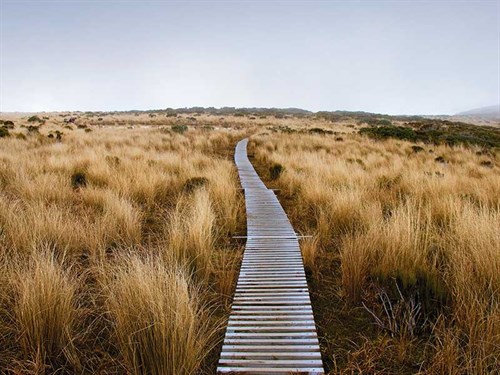
Was that the wind or the rustling of feathered wings? The silence was so complete I could hear my own breathing and the snaps of twigs underfoot. Family groups, couples, and singles pass me on their descents—a sign I was not alone, at least as far as people were concerned.
Reaching the top
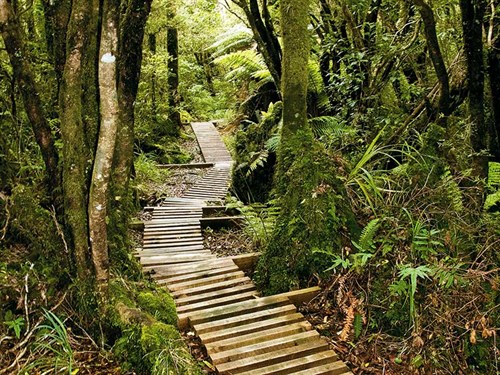
Emerging from the bush two hours later, I was rewarded with extensive views of the Taranaki coastline. In the distance, I could see Paritutu Rock and the Power Station chimney. Above me, in a sea of low growing alpine shrubs, I could see a hut—a welcoming beacon for my now aching legs and feet.
At the hut, I met a young couple, who had stayed overnight, cooking their lunch over a blazing fire, while others were outside on the deck resting up before continuing on. I overheard them commenting that at night, the view from the deck takes on a new life as the lights from towns afar twinkle like jewels.
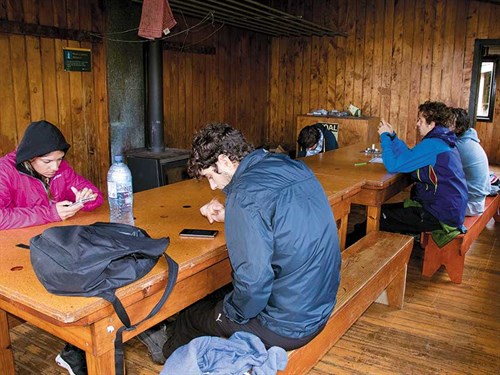
Continuing on my tramp for a further five minutes past the hut, I reached the summit of the range with a clear view over the Ahukawakawa Swamp all the way to the foot of Mount Taranaki.
Formed around three-and-a-half millennia ago, it’s home to a third of the area’s plant species. In my imagination, I can see the ancient giant eagle soaring across the swamp looking for prey, among them the large moa and Maori hunters.
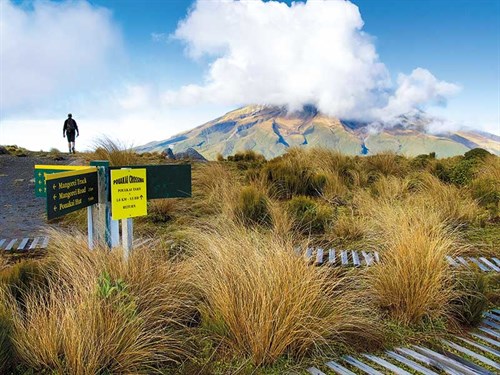
Surely, there would be fossils or bones of both the eagle and the moa, but except for in the South Island, none have been found.
A local legend describes how a group of hunters went out one night to a large pool near the lair of a Pouakai, covered it with sapling branches and vegetation, then hid beneath, armed with long spears. At dawn, one of them came out of hiding and lured the eagle into the trap. A fierce struggle followed ending with the death of the unfortunate eagle. Perhaps that pool was the Pouakai tarn a short 10-minute walk from the track junction.
New Zealand’s next Great Walk
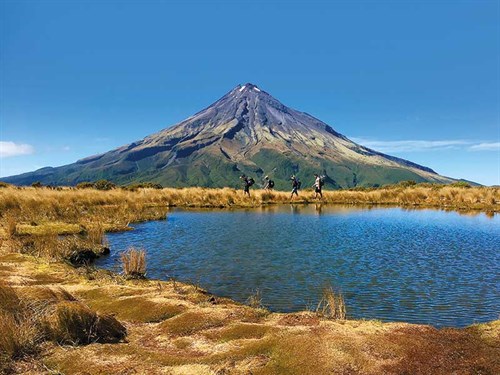
On the day I visited, there was a slight breeze but on a still day, the tarn is often photographed by passing trampers, creating that familiar image of Mount Taranaki reflected in its surface.
It’s such a familiar and iconic image that to see it in reality, is a special moment. It was possibly this scene that prompted former Prime Minister Helen Clark to suggest that the Pouakai Crossing could be New Zealand’s next Great Walk.
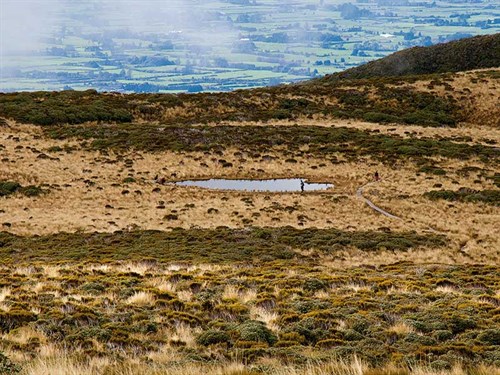
Although I didn’t see any evidence of the giant eagle from history or legend, I felt it. It wasn’t hard to see them soaring above the landscapes just like the giant eagles who saved the dwarves in the burning pines sequence in The Hobbit trilogy.
Reinforced by the open alpine scenery surrounding Mount Taranaki, it was a tramp that will always remain sharp in my memory and imagination.





